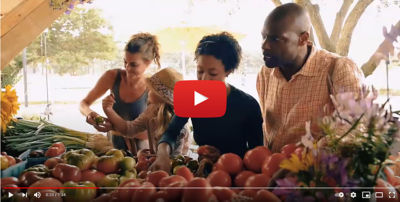Causal Agent
Pyrenochaeta lycopersici
Distribution
Canada, Europe, New Zealand and USA
Symptoms
Infected plants may be stunted and generally lack vigor. As the disease progresses the plants may show diurnal wilting and premature defoliation. The first symptoms on the roots are small elliptical light brown areas on the thin roots. This stage of the disease is frequently called brown root rot. As the disease progresses the larger roots are infected and develop extensive brown lesions that are somewhat swollen and cracked along their length, giving them a corky appearance. By this stage the smaller roots can be completely rotted away, and the tap root and stem base eventually turn brown and rot.
 Coalesced root lesions on root.
Coalesced root lesions on root.
Conditions for Development
Infected plants may be stunted and generally lack vigor. As the disease progresses the plants may show diurnal wilting and premature defoliation. The first symptoms on the roots are small elliptical light brown areas on the thin roots. This stage of the disease is frequently called brown root rot. As the disease progresses the larger roots are infected and develop extensive brown lesions that are somewhat swollen and cracked along their length, giving them a corky appearance. By this stage the smaller roots can be completely rotted away, and the tap root and stem base eventually turn brown and rot.
Control
Soil fumigation is generally the most effective means of controlling this disease. Grafting onto corky root resistant rootstocks has been used effectively for greenhouse tomato production.




